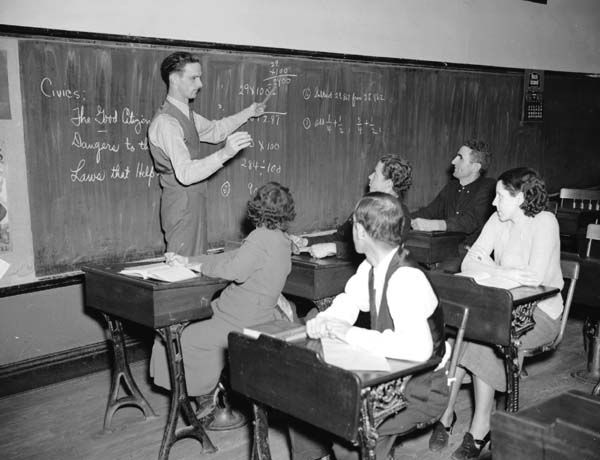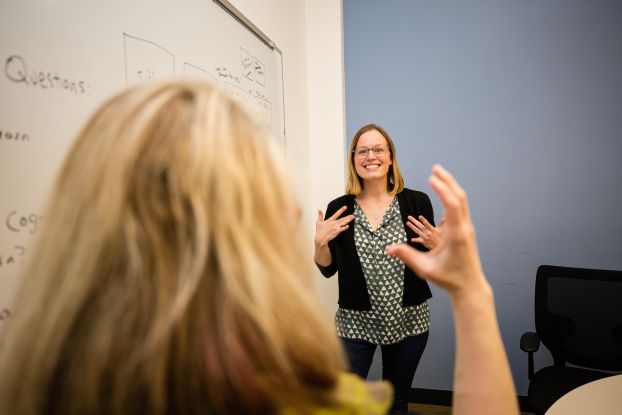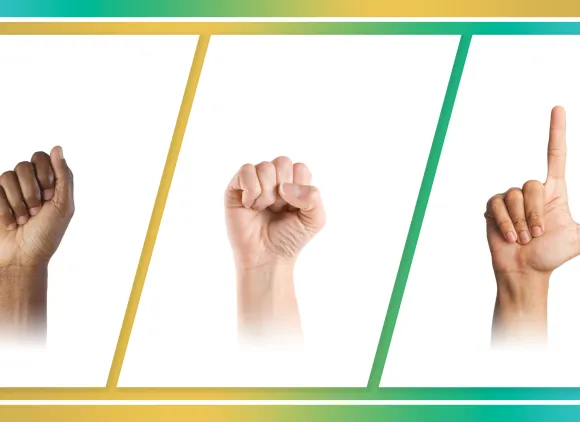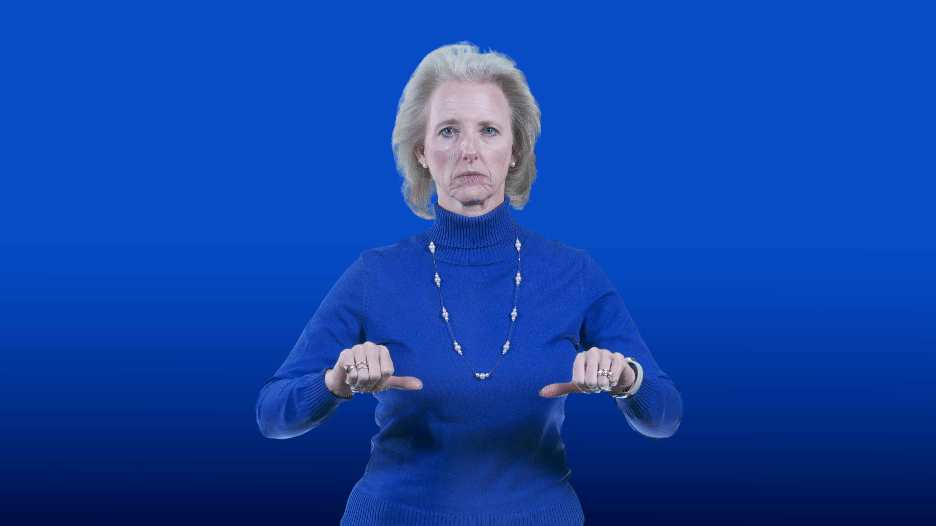
Credit: Works Progress Administration
From obscurity to recognition
For more than half of the 20th century, the reigning establishment in Deaf education favored an "oralist" approach that taught students to read lips and pronounce words without the use of signing. That all changed in the 1960s with William C. Stokoe's NSF-funded research into linguistics and ASL.
In 1955, Stokoe joined the faculty of Washington, D.C.'s Gallaudet College (now named Gallaudet University). While teaching the works of Chaucer at the institution for deaf and hard-of-hearing individuals, he noticed students using ASL in spite of social and educational trends.
Although an Old and Middle English scholar by training — not a linguist — Stokoe was convinced ASL was a true language worthy of academic pursuit, not ridicule. He received his first NSF grant in 1960 for a study of the "linguistic structure of sign language."
Sign (or signed) languages rely on hand signs, facial expressions, body positions, motions and other physical signs (including mouthing words) to communicate.
By comparison, spoken language relies primarily on the sounds of words to communicate.
A new language
Stokoe's research determined that sign language shared the same characteristics as oral languages, including a visual counterpart to phonology, or sound structure. This discovery opened up a new dimension in linguistic study and revolutionized Deaf education in the United States.
With additional NSF grants, Stokoe went on to publish, with two Gallaudet colleagues, the "Dictionary of American Sign Language on Linguistic Principles" in 1965.
Stokoe's ASL dictionary drew the attention of the linguistic community, acting as an established reference and a text for educators.
Dena Headlee of the U.S. National Science Foundation signs and then fingerspells the word "science" using American Sign Language.
Credit: U.S. National Science Foundation

Credit: Lorna Quandt/VL2 Center, Gallaudet University
Language and linguistics
NSF continues to support research on ASL as an independent research discipline, with graduate courses and doctoral studies in universities across the United States and abroad.
Recognizing that sign languages differ around the world, NSF has expanded its scope to include important cross-linguistic research — thereby enriching the world's knowledge of sign languages and language in general.


